Indoor gardening is a great way to improve the décor of your home and bring a room to life. Creating an indoor garden not only brightens a room, it’s a fun way to grow vegetables and herbs inside.
Whether you grow plants indoors because you don’t have the outdoor space or because your outdoor climate isn’t right for certain plants, there are several key elements for successful indoor gardening. To help, we’ve compiled 10 tips for ensuring the success of your own indoor garden.
1. Choose Plants That Thrive Indoors
For absolute beginners, the best plants to grow indoors include those that require low light, little maintenance, do well in containers and that might help with your home’s air quality. And if they produce cheerful flowers or they’re edible (such as herbs) they could even be beneficial for your mental and physical health.
If you’re new to growing plants in your home, try these five plants that thrive indoors:
- Snake plant:* It’s low-maintenance, can grow up to 10 feet indoors and although it thrives in bright light it can handle lower light situations too.
- Philodendrons: Both vining and non-climbing philodendrons are a good choice for new indoor gardeners because they’re easy to maintain and do well with regular daylight. They’re also tough enough to handle life indoors and outdoors (such as on a deck or balcony) in temperate weather.
- Spider plant: These are inexpensive to buy, simple to grow and do well in hanging baskets. However, you might find you need to repot them frequently.
- Aloe Vera:* This is another spiky plant that does well in containers with infrequent watering. You can break off small pieces of the leaves to access the healing gel that’s inside. This is great for cuts or burns.
- Pothos plant:* These grow quickly even in low-light and indoor areas with dry air. Their cutttings grow well when placed in water. Pothos is a good “budget” indoor plant as you can grow many indoor houseplants from just one starter plant.
*The snake plant, aloe vera and pothos could be toxic to pets so keep them out of reach. To find out if your plants are safe for children and pets, visit the American Society for the Prevention of Cruelty to Animals (ASPCA) website.
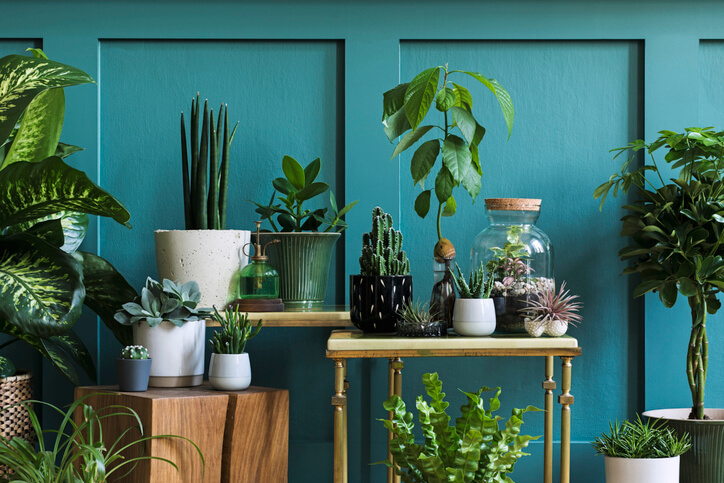
2. “Leave” the Bad Ones Behind
Get a jump on an indoor garden by selecting potted plants that are already growing. This gives you a quick start, although some gardeners say it’s more rewarding to start with seedlings and watch them grow.
If you decide to buy potted plants, choose visibly healthy ones. Check to make sure there are no brown, dried or dead leaves on the plant.
Also, avoid plants showing signs of fungus or insect eggs. Bringing these into your house could result in several “sick” plants if the fungus spreads. You could even get a bug infestation in your home.
Last, choose a plant with more leaves than buds. While this is a sign of a healthy plant, it’s not a guarantee that budding stems will flourish.
3. Create an Indoor Succulent Garden
According to Britannica, succulents are plants with fleshy leaves adapted to water storage. This makes them great indoor plants for beginners or anyone who might forget to regularly water houseplants.
Like the other houseplants mentioned, succulents are easy-to-grow and very low-maintenance. They also suit a variety of decors, and can do well indoors as well as outdoors in hot, dry climates.
You’ll find all sorts of inspiration for indoor succulent garden ideas using upcycled containers online at sites such as HomeBNC or even with a quick Pinterest search.

4. Get the Right Pot Size
Generally, plants come in the correct size pots. When transferring indoor plants to new pots, stick to the original-size pots, or even an inch or two bigger, but that’s it.
With too much soil around the indoor plant, you run the risk of overwatering it. Never put a plant into a pot smaller than the size it originally came in.
Terra-cotta, resin or fiberglass all make for great potting. Remember to place a saucer down on the floor before putting the pot on top of it. This helps to protect your floor and prevent water spillage.
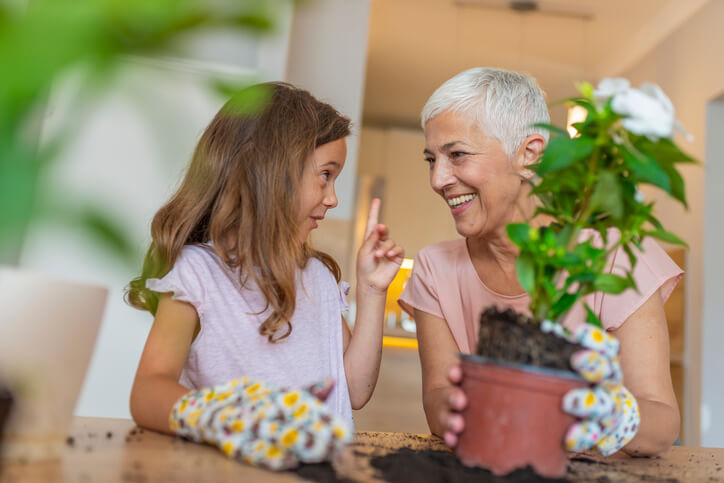
5.Transition Outdoor Plants Indoors
Do you have outdoor plants that you’d like to overwinter indoors? Learning how to successfully transition outdoor plants indoors gives you the opportunity to garden all-year-long.
Debug Outdoor Plants
Before bringing your outdoor plants inside, debug them by washing them gently with water and using an insecticidal soap or spray. Now is a good time to trim overgrowth as well.
When to Bring Them Indoors
How do you know when to bring your outdoor plants indoors for the fall/winter season? It all depends on the outdoor nighttime temperature in your area as well as the type of plant.
According to The Farmer’s Almanac, most plants should start coming indoors once the outdoor nighttime temperature reaches 45 degrees F. However, you should move tropical plants completely indoors once the outside temperatures reach about 50 degrees F.
To figure out the right time to bring your outdoor plants indoors, you’ll need to work backwards and find the average weekly temperatures for your region or gardening zone. Find the time when average outdoor temperatures reach about 50 degrees F. Then begin the process about two weeks prior to that.
Move Them Gradually
Get your outdoor plants ready for a more temperate, lower-light winter environment gradually:
- Start by moving them to a shaded, outdoor spot for about two weeks.
- Depending on the temperatures, bring them indoors for the night after about a week of days in the shaded area.
- After about two weeks, they’re ready for their winter indoor home.
Once indoors, stop fertilizing your houseplants, and minimize watering to just enough to keep the soil from completely drying out. Then allow them to rest or even go dormant for the season. Depending on the type of plant, consider grow lights to give your plants adequate light through the off season.
6. Learn the Light and Water Requirements
Your lighting situation is a critical element of your indoor garden. Although you should always check the lighting recommendations for your plants, sometimes they’re hard to decipher:
- Direct light means six or more hours of bright sunshine every day. Moderate light means about four hours of direct daily sunshine.
- Indirect light means the plant needs ambient light for most of the day.
- Low light means one or two hours of ambient light a day.
It’s also important to remember that different plants need different amounts of water. However, you might find it tricky to estimate how much water a plant needs.
If the directions say “water often” then water it whenever the soil feels dry. If the directions say “water moderately,” allow the top inch of soil to become dry between watering.
7. Get the Humidity Right
Most indoor plants thrive on humidity. Even if a plant needs very little watering, it still probably needs a humid environment.
Get plants the humidity they need by using a spray bottle for a light spray. This gently coats their leaves and stems without overwatering the soil or roots.
Alternatively, leave a dish of water near the plant. This allows the plant to absorb the water through humidity in the air.
You could also use a humidifier occasionally. However, don’t use this too often on your indoor garden or you may develop a mold problem.
Monitor humidity levels particularly during the winter when indoor heating systems lead to dry conditions
8. Get the Temperature Correct
As with watering and sunlight, all plants need a specific temperature to grow and thrive. Research your indoor garden plant requirements to discover which temperatures they need, then group them accordingly.
For example, don’t group plants that need 65° temperatures with plants requiring 80° temperatures. If the leaves on your plants turn yellow, they may be too cold. Move them to a warmer part of your house or turn up the temperature.
Make sure the plants are not placed near any drafts. Poorly insulated windows, outside doors and air-conditioning units might create air patterns that chill plants and cause them to wilt or die. Also, make sure that you set a suitable temperature in your house or apartment before leaving for vacation. A cold temperature may accidentally kill your plants.
9. Water Plants the Right Way
There are several ways to water plants.
- Plants in pots with holes in the bottoms and dishes underneath allow you to put water in the dish. The plants then absorb water through the holes in the pot. This helps prevent overwatering and drowning the plant.
- Try placing the entire plant and pot in the sink for a thorough watering. This may help revive plants left in the sun for too long, or those suffering from inadequate watering.
- Place ice cubes in the soil. As they melt, they gradually water the plant. This helps prevent overwatering.
- Consider using distilled water. Most plants prefer distilled water over tap water. However, this can be expensive. Fortunately, you can buy a countertop distiller for around $100. These can distill a gallon of water in several hours.
10. Consider Countertop Greenhouses
One of the easiest ways to find success with an indoor garden involves using a countertop greenhouse. Choose a model that uses small baskets, seed pods and a hydroponic set-up to grow everything from herbs to lettuce or even peppers and cherry tomatoes right on a shelf or counter.
Countertop greenhouses come with their own grow lights and timers, and they are available in a variety of sizes. Once you select your model and seeds, set it up, add water and plug it in. You’ll have little more to do other than add fertilizer as indicated and enjoy the produce.
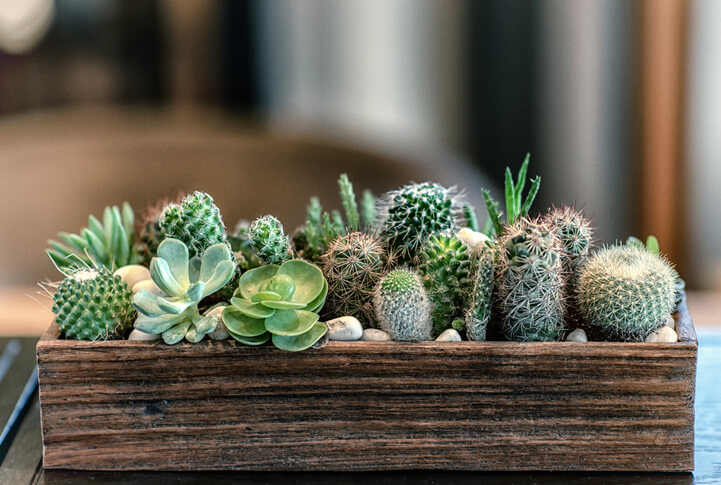
Something as simple as putting a few plants on the windowsill can help liven up a room. Use the tips in this article to help you establish or improve your indoor garden. With care and diligence you can create a beautiful, growing display to enjoy for years to come.
What do you like best about indoor gardening? What tips would you have for someone just starting out?
KEEP READING: Gardening for Beginners: How and Why You Should Try It


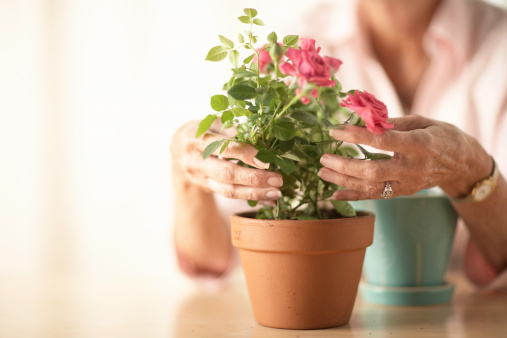
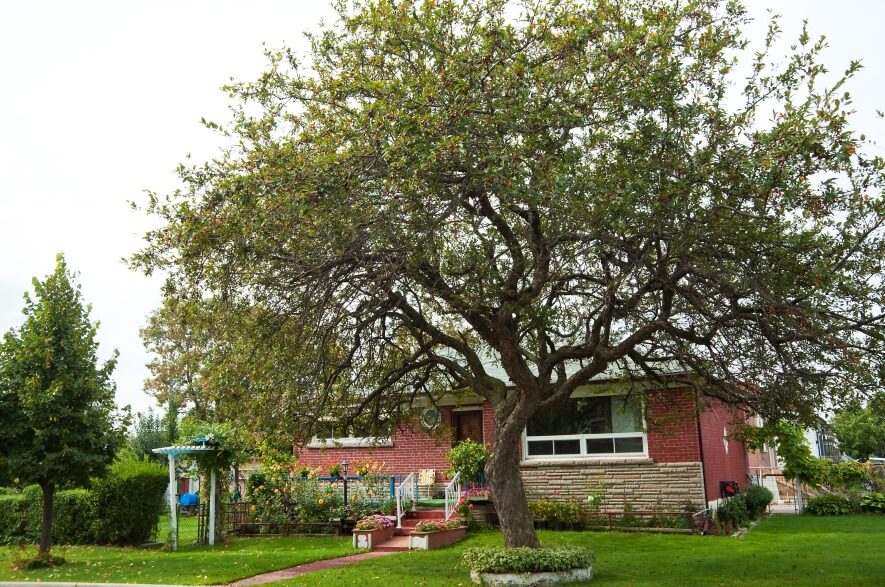

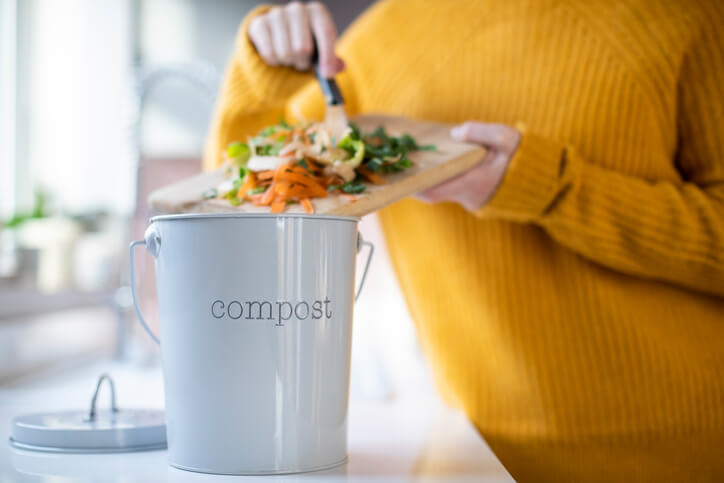

Very interesting, very informative.
Having live green plants in the house is calming, and beautiful. They make me smile and gives me something to talk out laud to.!
Thank you. Informative.
I really found this helpful. Didn’t know I should not fertilize plants in winter.
Indorse plants are nice, but many are toxic to pets. Be sure to check to make sure the plants you choose aren’t toxic to your pets.
Very interesting. Thanks
Very helpful hints which will help me maintain my indoor plants.
Thanks
Interesting information.
This information was very informative, glad I took the time to read the full article. Been trying for years to grow plants in doors, with no avail. Thank you
thanks
thanks